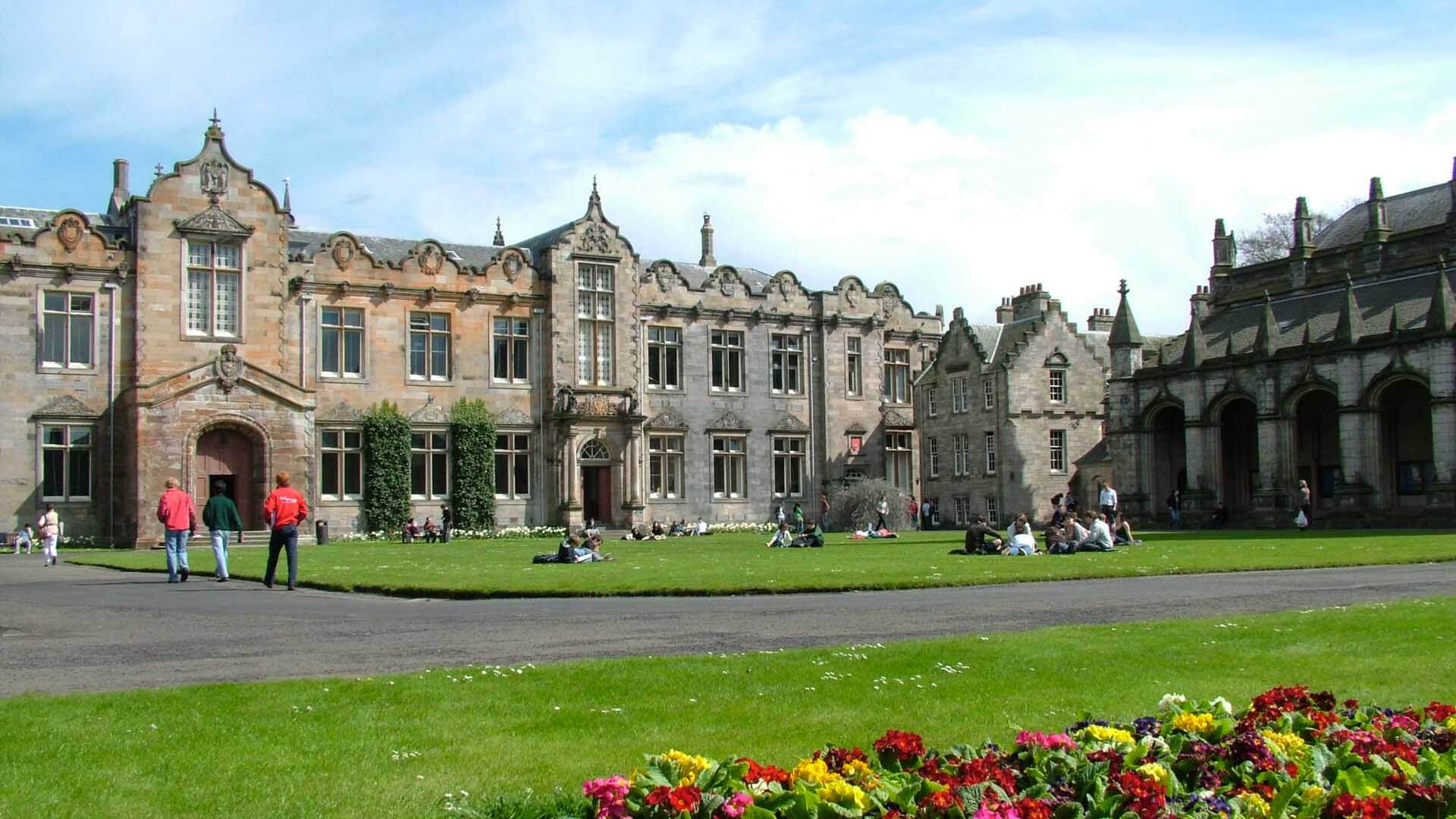University of St Andrews: New Wardlaw Exhibition Explores Mysteries of the Great Beyond
A Dalek, a set of original sketches by Scottish science-fiction writer Iain M. Banks, and a handwritten inscription by Galileo are among items on display in a new exhibition in St Andrews that is out of this world.
Alien Worlds at the University of St Andrews’ Wardlaw Museum explores exoplanets – planets that our outside our Solar System – and how they have been understood, dreamt of and imagined by scientists, musicians, artists and writers for centuries.
Exoplanets are so far away that sending rovers or robots to them is currently impossible. Alien Worlds explores not only how astronomers overcome these problems, but also the important role played by the creative arts in helping us understand these distant worlds, what they tell us about ourselves, and whether there might be life elsewhere in the universe.
The subject is explored in part through the display of original sketches and drawings by award-winning science-fiction writer Iain M. Banks, on show to the public for the very first time. The sketches show the meticulous planning that the Fife-born author undertook to create the imagined inter-planetary society featured in his Culture series of novels. The original drawings demonstrate how fictional creations – of miniaturised drones or entire planets – help us conceptualise parts of our universe that are difficult to access.
Alien Worlds invites visitors to get involved directly in investigating exoplanets by contributing their own creativity, asking them to finish a science-fiction story, create their own exoplanet to be displayed through the portholes of the exhibition’s “Command Centre”, or travel in their own imagination by reading a piece of science-fiction or listening to a piece of music that imagines an exoplanet.
The exhibition is accompanied by a series of events, including family activity days, an ‘In Conversation’ event with a panel of exoplanet experts, and Mission Exoplanet, an escape room experience challenging participants to flee from a planet on which they’ve crash landed.
The basis of exoplanet science was established around 500 years ago, when astronomers such as Copernicus and Galileo demonstrated that planets in our own Solar System revolve around our star, the Sun. The exhibition displays a first edition of Copernicus’ ground-breaking – and controversial – 1543 book presenting the first mathematical model of the Solar System, including evidence that the page was censored. The work is displayed alongside an inscription handwritten by Galileo himself.
Dr Emily Finer, an expert in Soviet-era science-fiction at the University of St Andrews and one of the partners on the exhibition, said: “At the St Andrews Centre for Exoplanet Science we believe that research should break down barriers between humanities and sciences. This exhibition is intended to show how science-fiction and science have always challenged each other to explore other worlds.”
The Wardlaw’s Matt Sheard, who managed the exhibition development, said: “David Bowie asked if there was life on Mars, and meteorites that have come from space, data from Mars, and experiments on Earth can help us understand the possibilities for life in our universe beyond Earth. But this raises big ethical questions that creative artists like Bowie or Banks and creations like Star Wars and Dr Who can help us to answer.
“Daleks, for example, are the classic example of an evil alien species and come from a fictional exoplanet. We tend to assume that those species might pose a threat to us, but history tells us that humanity has often behaved deeply unethically when encountering so-called new worlds and previously unknown people and species. The exhibition, through art, music and fiction, encourages visitors to question how we might react to new places and new species as we further explore these distant planets.”

